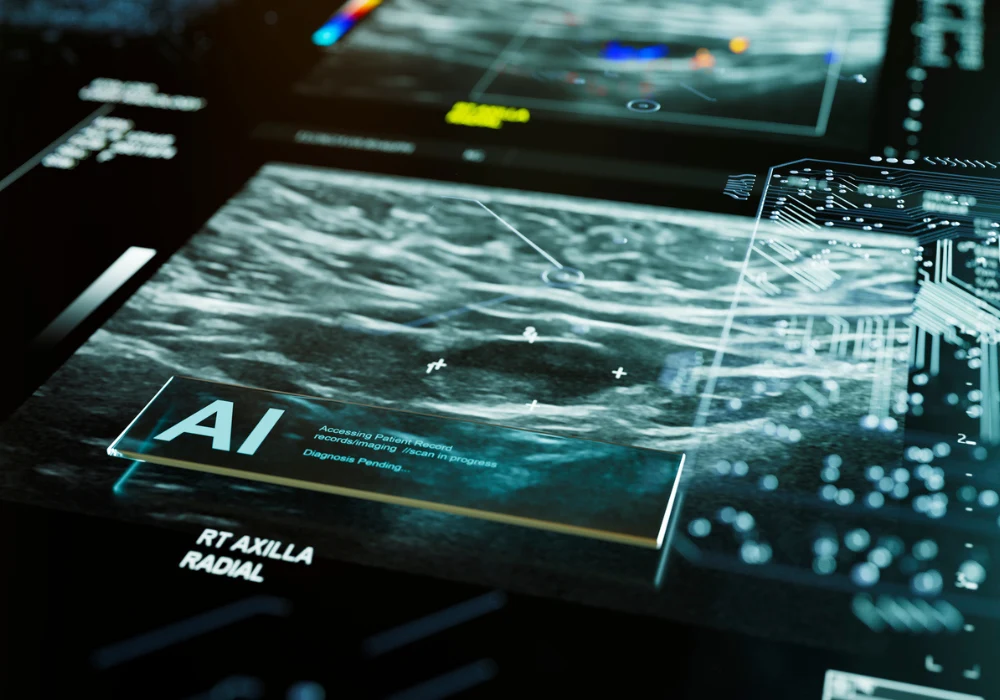Artificial intelligence (AI) and deep learning have brought transformative potential to radiology, supporting diagnostics, workflow optimisation and triage. However, concerns regarding algorithmic bias have surfaced as these models are deployed in clinical settings. These biases, often embedded in training data, can lead to performance disparities across demographic groups, potentially perpetuating health inequities. The evaluation of AI fairness in radiology presents a complex challenge, shaped by limitations in data quality, demographic definitions and statistical approaches. To ensure equitable AI development and deployment, it is vital to identify pitfalls and adopt best practices that span medical imaging datasets, demographic categorisation and bias measurement.
Challenges in Medical Imaging Datasets
Medical imaging datasets form the backbone of AI model development in radiology, yet they often lack comprehensive demographic reporting. Without key attributes such as race, ethnicity, sex or socioeconomic status, it becomes difficult to assess whether models are biased. Many publicly available datasets omit this information, and when demographics are included, they often cover only age and sex. This hinders subgroup analyses needed to identify performance gaps between populations.
Must Read: Bias Recognition and Mitigation in Healthcare AI
Another issue stems from imbalances inherent in dataset collection methods. Since medical imaging data are typically drawn from convenience samples, they may reflect existing disparities in healthcare access. For instance, datasets from majority-White populations can lead to models that underperform for minority groups. Confounding factors—such as differences in imaging equipment, acquisition protocols or hospital sites—further obscure fairness assessments. Deep learning models may even exploit these confounders, such as image annotations, to make predictions, thereby introducing bias through shortcut learning.
Despite these issues, technical solutions are emerging. Generative AI can create synthetic datasets that enhance representation across demographic groups, and pseudolabels can provide proxy demographic attributes when such data are missing. While these tools show promise, they are still in early stages and must be applied with caution to avoid introducing new inaccuracies.
Pitfalls in Demographic Definitions
Demographic attributes, though central to evaluating algorithmic fairness, are often inconsistently defined. In radiology research, sex and gender are frequently conflated despite referring to distinct concepts—biological characteristics versus self-identity. Similarly, race and ethnicity are merged or used interchangeably, which obscures meaningful distinctions. These imprecisions can affect fairness analyses and hinder the ability to generalise results across populations.
Moreover, broad racial categories can conceal disparities between subgroups. For example, aggregating individuals of Indian and Korean descent under a generic “Asian” label may overlook substantial variations in disease prevalence and model performance. As a result, nuanced underdiagnosis patterns within these subgroups may remain undetected, leading to misguided conclusions and interventions.
Inaccurate or outdated demographic labelling also poses risks for health policy. If models are evaluated using inconsistent demographic criteria, any decisions based on these analyses—such as resource allocation—may be flawed. Granular and culturally sensitive demographic definitions are therefore essential for fair and accurate evaluations of AI systems in clinical practice.
Limitations in Statistical Evaluations of Bias
Even when demographics are accurately reported, measuring bias requires careful statistical consideration. Standard methods compare model performance metrics, such as sensitivity or false-positive rates, across demographic groups. However, multiple fairness metrics exist—each emphasising different aspects of performance—and they are often incompatible. A model optimised for equal sensitivity may not satisfy equal specificity, and no single metric can address all dimensions of fairness simultaneously.
Further complications arise in the interpretation of statistical significance. A difference in model output may be statistically significant but clinically irrelevant or vice versa. For instance, small variations in bone age predictions may not impact diagnosis or treatment, while minor disparities in classification thresholds could affect cancer screening decisions. Evaluations must, therefore, focus not only on mathematical fairness but also on clinical consequences.
Additionally, fairness evaluations can be undermined by flawed study design. Some analyses assess different models across demographic subsets rather than testing a single model across groups, resulting in conclusions that reflect model quality rather than bias. Proper comparisons must involve the same model evaluated consistently across subpopulations. Only then can meaningful insights into fairness be drawn, supporting responsible AI deployment in clinical settings.
AI holds great promise for advancing radiological care, but algorithmic bias remains a significant obstacle. Addressing this challenge requires a multi-faceted approach: robust and inclusive datasets, precise demographic categorisation and clinically grounded statistical evaluations. By recognising and mitigating key pitfalls across these domains, researchers and practitioners can develop AI systems that serve diverse patient populations more equitably. Establishing consensus on reporting standards, leveraging generative tools to enhance dataset diversity, and aligning fairness metrics with clinical priorities are essential next steps. Ensuring fairness in AI is not only a technical imperative—it is a matter of medical ethics and public trust.
Source: Radiology
Image Credit: iStock










